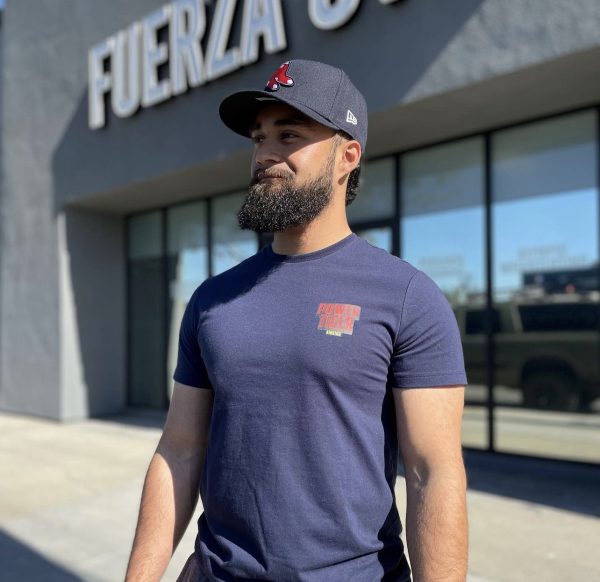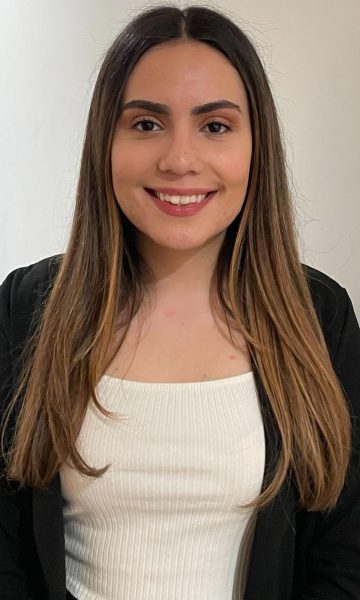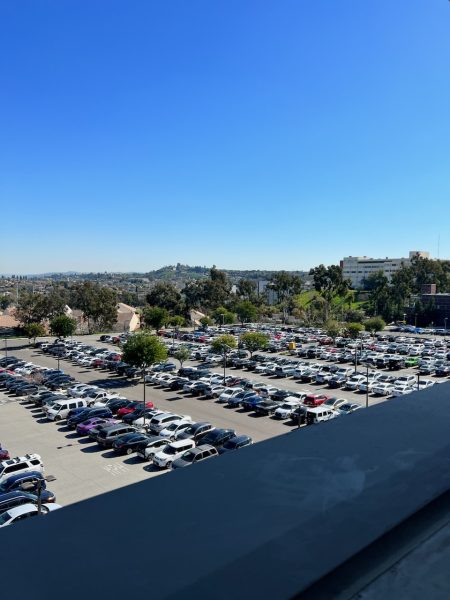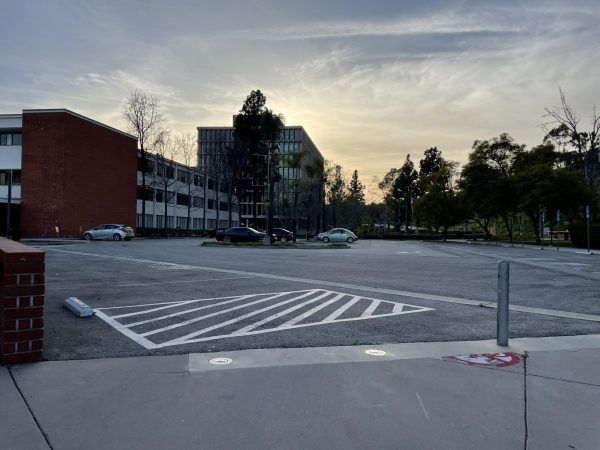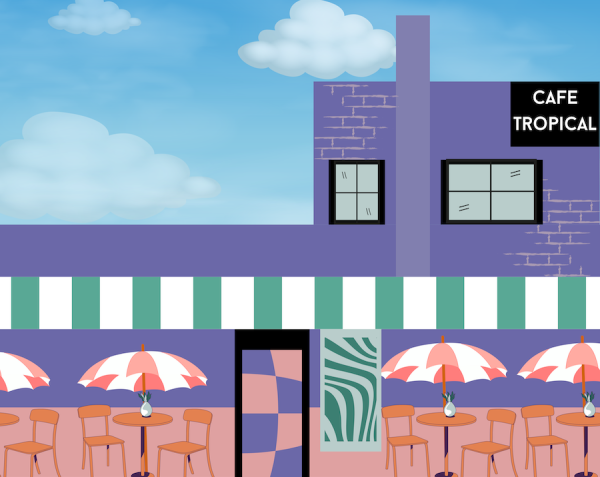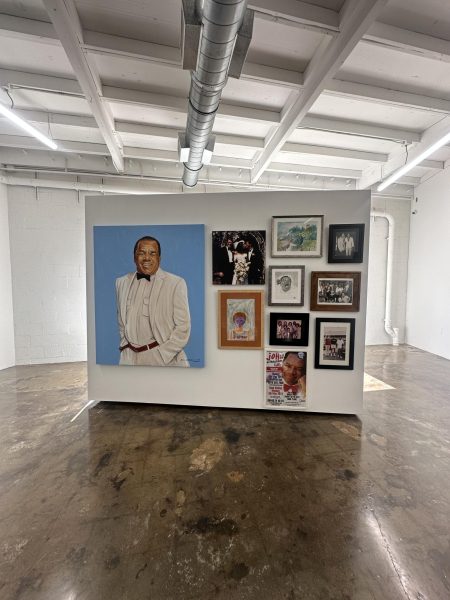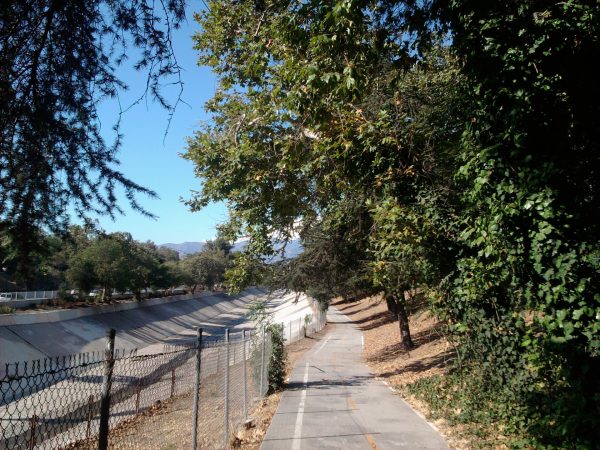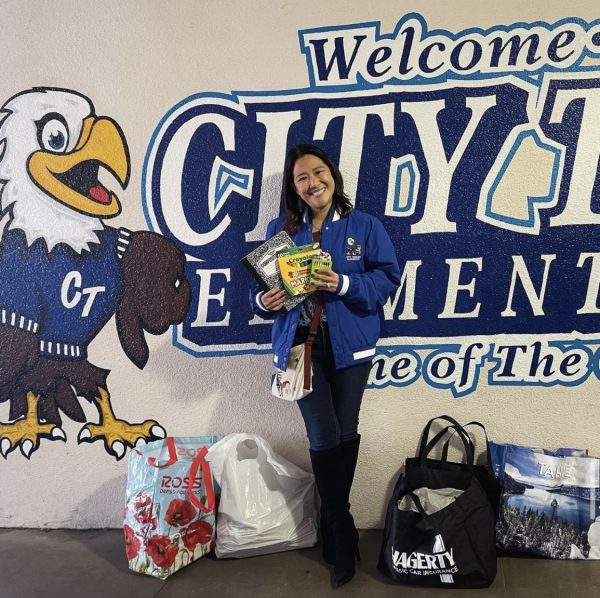Will East LA ever be its own city?
Local activist sheds light on city hood movement’s history and efforts
Benjamin Cárdenas, president and co-founder of the East Los Angeles Residents Association poses for a photo.
Despite multiple attempts over the course of six decades to become its own city, the predominantly Latinx 7.5 square-mile barrio of East Los Angeles is still part of unincorporated Los Angeles County.
That means, activists say, that residents have little direct political representation or knowledge of how their tax dollars are being spent locally.
That’s why some longtime East Los Angeles residents are hopeful that the younger generations of activists will continue the work started decades ago to help the neighborhood someday become its own municipality.
With about 120,000 residents, according to the U.S. Census Bureau, East Los Angeles is part of the mix of about 125 unincorporated areas that rely on the county to represent their interests instead of having its own city government with local elected officials and departments that focus on economic development, parks and recreation and the like, according to Benjamin Cárdenas, who grew up in East Los Angeles and moved to Montebello in recent years.
Cárdenas has served as assistant city manager of Pico Rivera and was the co-founder and board president of the now-defunct nonprofit East Los Angeles Residents Association, which advocated for cityhood in 2008.
“There was a lot of support back then, a lot of community support. We collected 16,000 signatures in 180 days,” Cárdenas said.
But efforts were hampered by the economic recession that year, eventually leading organizers to shutter the nonprofit.
Cárdenas, an executive at Cabrera Capital Markets, spoke with UT Community News about the cityhood movement and related issues.
Why is it important for East L.A. to become an incorporated city and how do you feel that will affect the residents and their quality of life?
“When you incorporate, you have a city manager, and a local governing body, whose sole responsibility is to implement policies that allow the city manager to focus strictly on the quality of life for the residents of East L.A. When you’re under the county, it’s basically one county supervisor representing two-million people as opposed to five council members, representing roughly 140,000 people.”
What are the biggest obstacles preventing East L.A. from becoming a city?
“I think the biggest obstacle is the will to try to incorporate. You need county support and you need to start building a budget. I think there is a little bit of a misperception that East L.A. doesn’t have the economic tax base, so I think you need to overcome that. I believe that [East L.A.] can self-sustain. So I think economics is the most important thing, because you’ll often really need a budget to operate.”
Why are some residents opposed to the idea?
“I don’t see a downside to be quite honest…I think any argument is basically driven by fear-mongering that property taxes are going to go up but the truth is that with a little bit of education, people realize that that’s actually not true.”
How would cityhood affect gentrification in the area?
“Through urban planning, we can [employ] mitigation efforts to make sure that gentrification doesn’t happen overnight. You obviously want to move along into the 21st century, and you want the community to continue to thrive. You don’t want a community to look the same over the course of 30 years, but at the same time you want to mitigate and manage that change.”
East L.A. has tried at least five times to become a city, according to the L.A. Times. What are the odds at this point?
“Everything has to be community-driven, so I think what needs to change is the community becoming more civically engaged. The more engaged they are, the more likely they are to dictate the [conversation]. I think what is happening is the younger generation, which are a little bit more civically minded, they kind of understand a little bit more of the process.”
Cárdenas said younger generations have made strides in many areas and believes they are key to realizing the dream of cityhood now.
Community News produces stories about under-covered neighborhoods and small cities on the Eastside and South Los Angeles. Please email feedback, corrections and story tips to [email protected].

Marcos is a journalism major who focuses on news coverage of underreported people, communities and nonprofits on the Eastside and South L.A. He also has...


